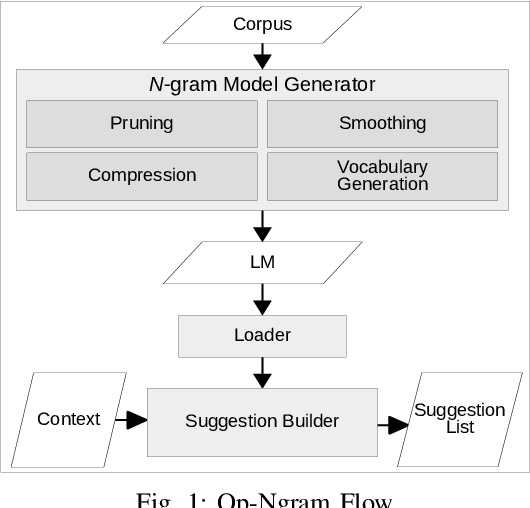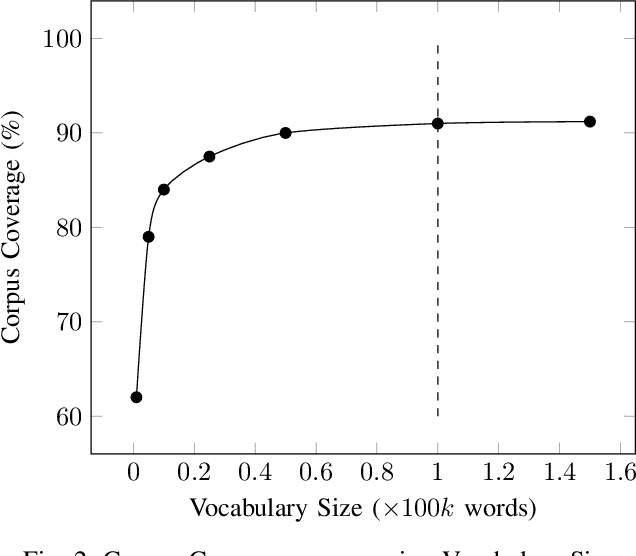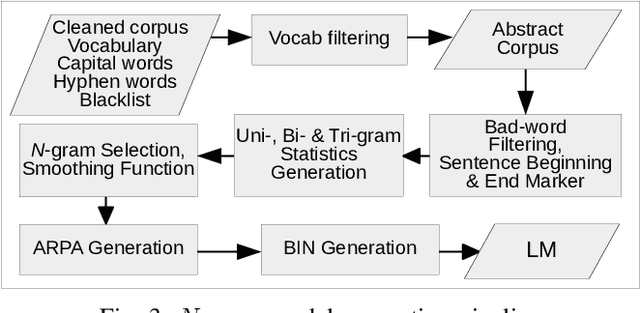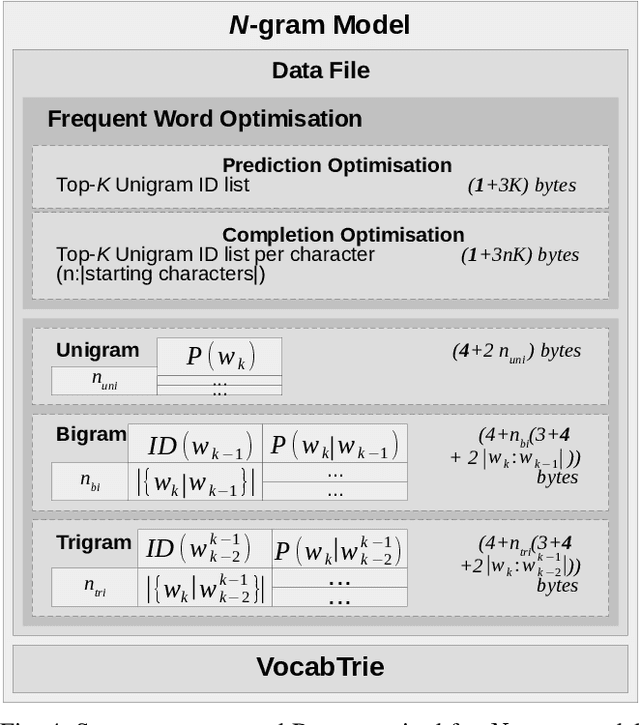Prakhar Kulshreshtha
Layout Aware Inpainting for Automated Furniture Removal in Indoor Scenes
Oct 27, 2022Abstract:We address the problem of detecting and erasing furniture from a wide angle photograph of a room. Inpainting large regions of an indoor scene often results in geometric inconsistencies of background elements within the inpaint mask. To address this problem, we utilize perceptual information (e.g. instance segmentation, and room layout) to produce a geometrically consistent empty version of a room. We share important details to make this system viable, such as per-plane inpainting, automatic rectification, and texture refinement. We provide detailed ablation along with qualitative examples, justifying our design choices. We show an application of our system by removing real furniture from a room and redecorating it with virtual furniture.
Feature Refinement to Improve High Resolution Image Inpainting
Jun 29, 2022



Abstract:In this paper, we address the problem of degradation in inpainting quality of neural networks operating at high resolutions. Inpainting networks are often unable to generate globally coherent structures at resolutions higher than their training set. This is partially attributed to the receptive field remaining static, despite an increase in image resolution. Although downscaling the image prior to inpainting produces coherent structure, it inherently lacks detail present at higher resolutions. To get the best of both worlds, we optimize the intermediate featuremaps of a network by minimizing a multiscale consistency loss at inference. This runtime optimization improves the inpainting results and establishes a new state-of-the-art for high resolution inpainting. Code is available at: https://github.com/geomagical/lama-with-refiner/tree/refinement.
Real-Time Optimized N-gram For Mobile Devices
Jan 07, 2021



Abstract:With the increasing number of mobile devices, there has been continuous research on generating optimized Language Models (LMs) for soft keyboard. In spite of advances in this domain, building a single LM for low-end feature phones as well as high-end smartphones is still a pressing need. Hence, we propose a novel technique, Optimized N-gram (Op-Ngram), an end-to-end N-gram pipeline that utilises mobile resources efficiently for faster Word Completion (WC) and Next Word Prediction (NWP). Op-Ngram applies Stupid Backoff and pruning strategies to generate a light-weight model. The LM loading time on mobile is linear with respect to model size. We observed that Op-Ngram gives 37% improvement in Language Model (LM)-ROM size, 76% in LM-RAM size, 88% in loading time and 89% in average suggestion time as compared to SORTED array variant of BerkeleyLM. Moreover, our method shows significant performance improvement over KenLM as well.
* 2019 IEEE 13th International Conference on Semantic Computing (ICSC). Accessible at https://ieeexplore.ieee.org/document/8665639
Dynamic Character Graph via Online Face Clustering for Movie Analysis
Jul 29, 2020



Abstract:An effective approach to automated movie content analysis involves building a network (graph) of its characters. Existing work usually builds a static character graph to summarize the content using metadata, scripts or manual annotations. We propose an unsupervised approach to building a dynamic character graph that captures the temporal evolution of character interaction. We refer to this as the character interaction graph(CIG). Our approach has two components:(i) an online face clustering algorithm that discovers the characters in the video stream as they appear, and (ii) simultaneous creation of a CIG using the temporal dynamics of the resulting clusters. We demonstrate the usefulness of the CIG for two movie analysis tasks: narrative structure (acts) segmentation, and major character retrieval. Our evaluation on full-length movies containing more than 5000 face tracks shows that the proposed approach achieves superior performance for both the tasks.
 Add to Chrome
Add to Chrome Add to Firefox
Add to Firefox Add to Edge
Add to Edge